I've looked around quite a bit for solutions to this and don't see any PowerShell only solutions. I've seen a few PowerShell/VBA solutions but nothing saying it is not possible to complete solely using PowerShell. I would prefer not to use VBA if possible, PowerShell only.
I have a few workbooks with multiple sheets that are currently manually refreshed to retrieve data from a SQL Server (2008 R2) database instance. I can do everything I need using the following code if I run line by line and wait for refresh operations to complete:
$Excel = New-Object -ComObject Excel.Application
$Workbook = $Excel.Workbooks.Open('C:\test.xlsx')
$Excel.Visible = $True
$Workbook.RefreshAll()
$workbook.Save()
$Workbook.Close()
$Excel.Quit()
The only problem is when I run the whole script, as expected, the Save() method executes while the refresh operation is still running resulting in this prompt thus interrupting the Save(), Close(), and Quit() methods:
I could of course use the Start-Sleep cmdlet in a loop to wait for the database connections to complete using a static interval, however, the stored procedures that are executed range from 2 seconds - 3 minutes and seems like a waste of resources to sleep on each refresh like that.
The Stack Overflow answer I linked above lists 3 possible solutions to this but I don't see those properties that are listed available in the PowerShell objects (QueryTable.Refreshing for example doesn't exist using PowerShell). It appears that they're available in VBA, although the code examples are written using PowerShell. Are the examples wrong or am I missing something here?
My question: Is it possible to complete the code above by adding a dynamic 'wait' operation after RefreshAll() and before Save() using some sort of "Excel is refreshing/busy" property using PowerShell only?
